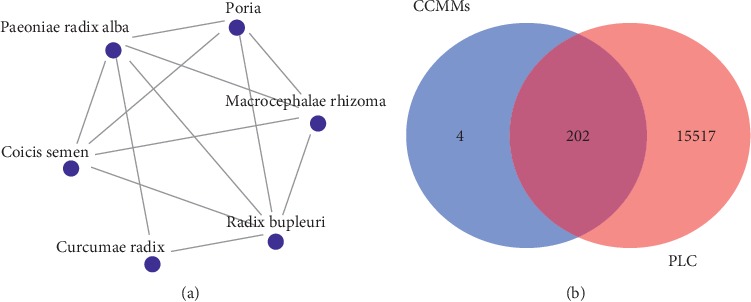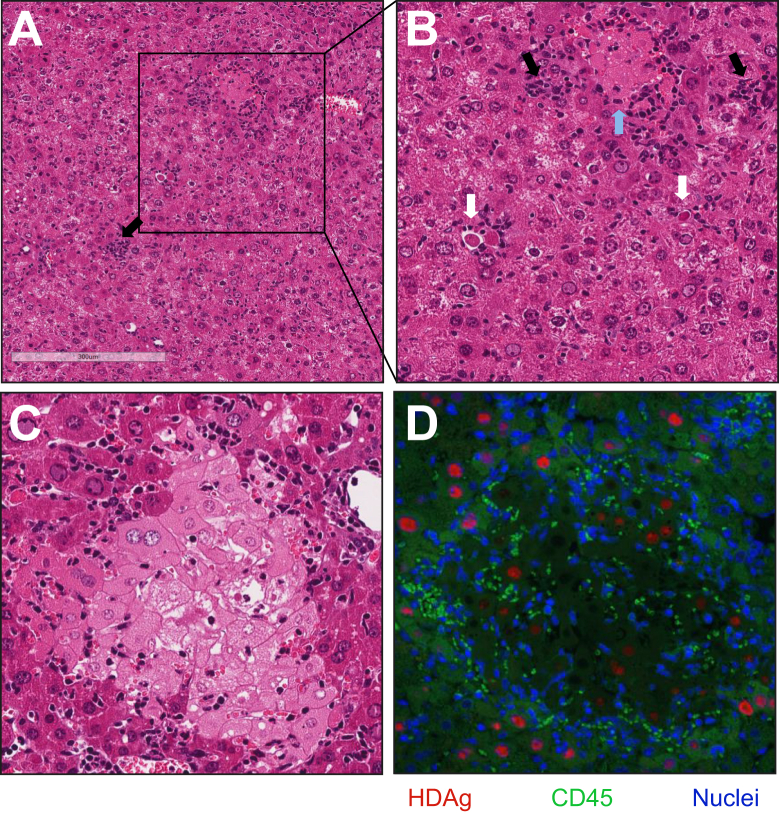
In this examine, the knowledge mining technique was used to display the core Chinese materia medicas (CCMMs) in opposition to major liver most cancers (PLC), and the potential mechanisms of CCMMs in treating PLC have been analyzed primarily based on community pharmacology.
Traditional Chinese drugs (TCM) prescriptions for treating PLC have been obtained from a well-known TCM physician in Shenzhen, China. According to the knowledge mining method, the TCM Inheritance Support System (TCMISS) was utilized to excavate the CCMMs in the prescriptions.
Then, bioactive elements and corresponding targets of CCMMs have been collected utilizing three completely different TCM on-line databases, and goal genes of PLC have been obtained from GeneCards and OMIM. Afterwards, frequent targets of CCMMs and PLC have been screened. Furthermore, a community of CCMMs bioactive elements and customary goal gene was constructed by Cytoscape 3.7.1, and gene ontology (GO) and signaling pathways analyses have been carried out to clarify the mechanism of CCMMs in treating PLC.
Besides, protein-protein interplay (PPI) evaluation was used to establish key goal genes of CCMMs, and the prognostic worth of key goal genes was verified utilizing survival evaluation.A complete of 15 high-frequency Chinese materia medica combos have been discovered, and CCMMs (together with Paeoniae Radix Alba, Radix Bupleuri, Macrocephalae Rhizoma, Coicis Semen, Poria, and Curcumae Radix) have been recognized by TCMISS.
A complete of 40 bioactive elements (e.g., quercetin, kaempferol, and naringenin) of CCMMs have been obtained, and 202 frequent goal genes of CCMMs and PLC have been screened. GO evaluation indicated that organic processes of CCMMs have been primarily concerned in response to drug, response to ethanol, and so forth. Pathway evaluation demonstrated that CCMMs exerted its antitumor results by appearing on a number of signaling pathways, together with PI3K-Akt, TNF, and MAPK pathways.
Also, some key goal genes of CCMMs have been decided by PPI evaluation, and 4 genes (MAPK3, VEGFA, EGF, and EGFR) have been discovered to be correlated with survival in PLC sufferers.Based on knowledge mining and community pharmacology strategies, our outcomes confirmed that the therapeutic impact of CCMMs on PLC could also be realized by appearing on multitargets and multipathways associated to the prevalence and improvement of PLC.

Diet induces hepatocyte safety in fatty liver illness by way of modulation of PTEN signaling.
Fatty liver illness (FLD) is characterised by accumulation of extra fats in the liver. The underlying molecular mechanism related to the development of the illness has been in elusive.
Hepatocellular demise as a result of elevated oxidative stress ensuing in an inflammatory response could also be a key characteristic in FLD. Recent advances in molecular biology have led to an improved understanding of the molecular pathogenesis, suggesting a essential affiliation between the PI3K/AKT/PTEN signaling pathway and FLD. In specific, PTEN has been related to regulating the pathogenesis of hepatocyte degeneration.
Given the perform of mitochondria in reactive oxygen species (ROS) technology and the initiation of oxidative stress, the mitochondrial antioxidant community is of curiosity. It is important to stability the exercise of intracellular key molecules to keep up a wholesome liver.
Consequently, onset of FLD could also be delayed utilizing dietary protecting brokers that alter PTEN signaling and scale back ROS ranges. The development of analysis on dietary regulation with a spotlight on modulatory roles in ROS technology and PTEN related signaling is summarized in the present examine, supporting additional preventive and therapeutic exploration.


